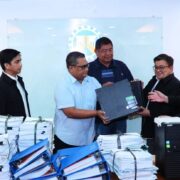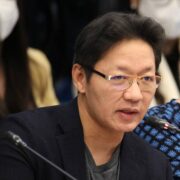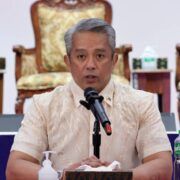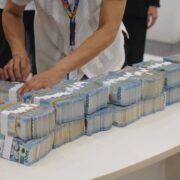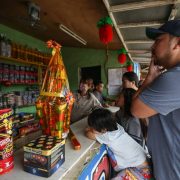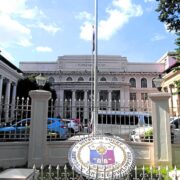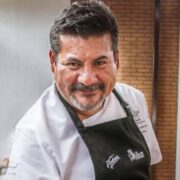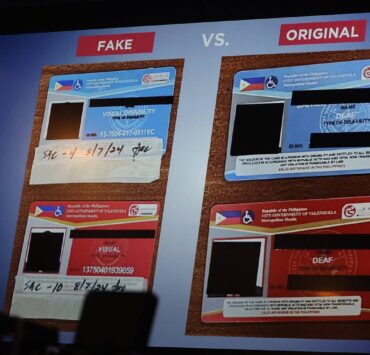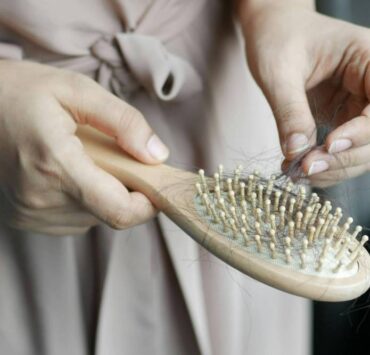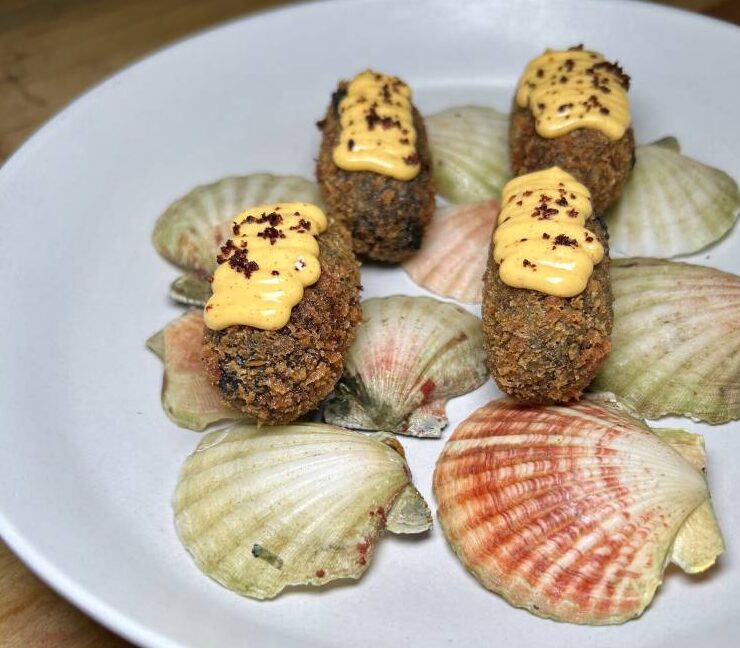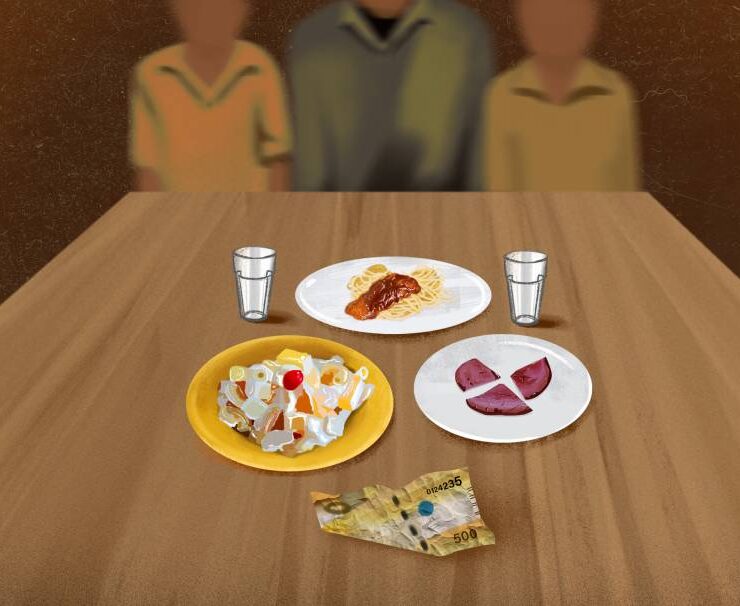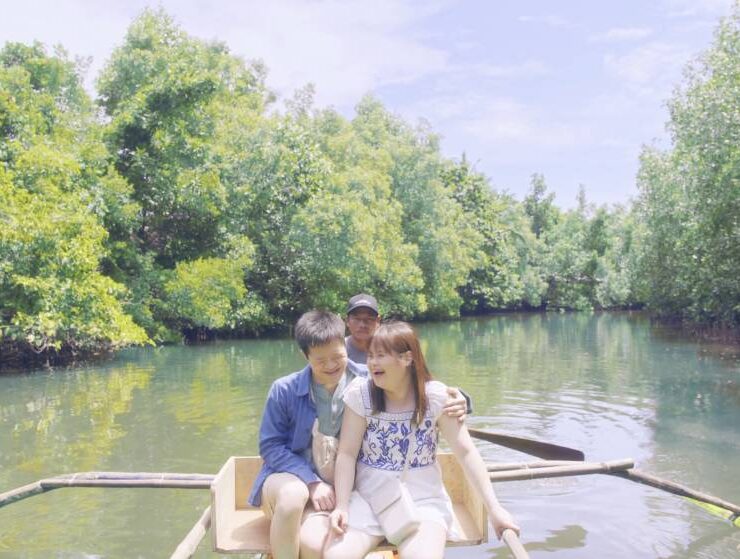Ditta Sandico weaves her legacy
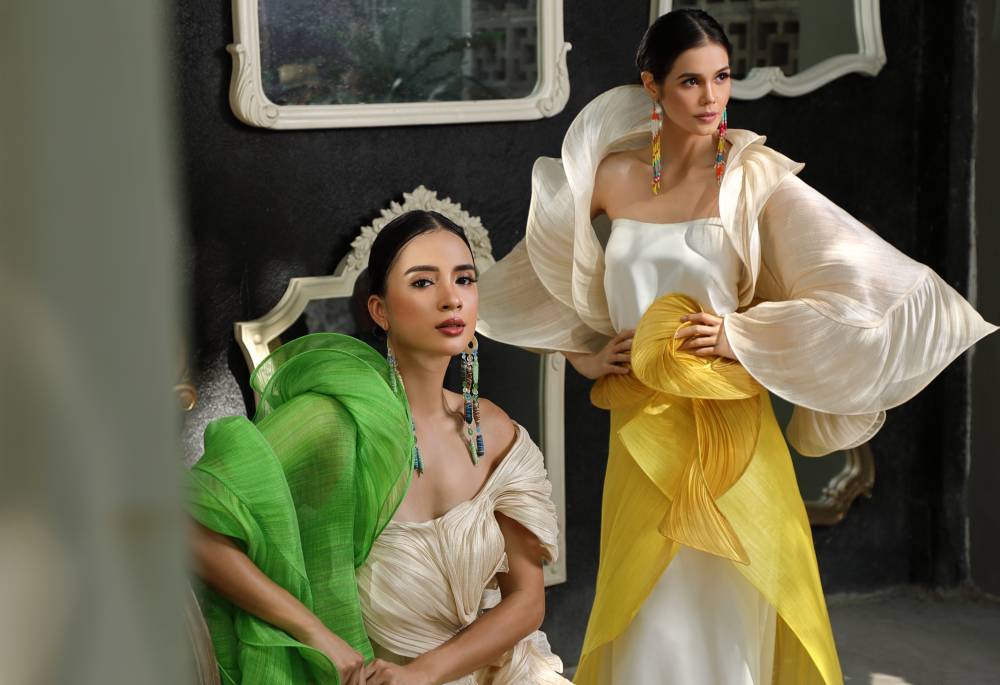
Ditta Sandico, pioneer of modern Filipiniana, is celebrating 40 years in the industry. She traces her roots to the mountains of Bulalacao, Mindoro Oriental, where her passion for sustainable fashion was stirred. As a teen in the ’70s, Sandico spent summers with her father, cattle rancher Fernando Hizon-Sandico, who developed agricultural lands. These trips, filled with immersion into the natural world and encounters with the Mangyan tribe, the Hanunoos, deeply influenced her.
Sandico was mesmerized by the fastidious embroidery and weaving techniques of the Mangyan weavers, who became her first teachers. However, as an established designer returning to Mindoro at the turn of the millennium, she was disheartened to discover that these traditional crafts had nearly vanished.
Determined to revive the art of Mangyan weaving, Sandico provided the weavers with materials, introduced fashion colors, and encouraged them to experiment with new designs. Since 2018, she has been collaborating with the Mangyan community on product development for her eponymous label.
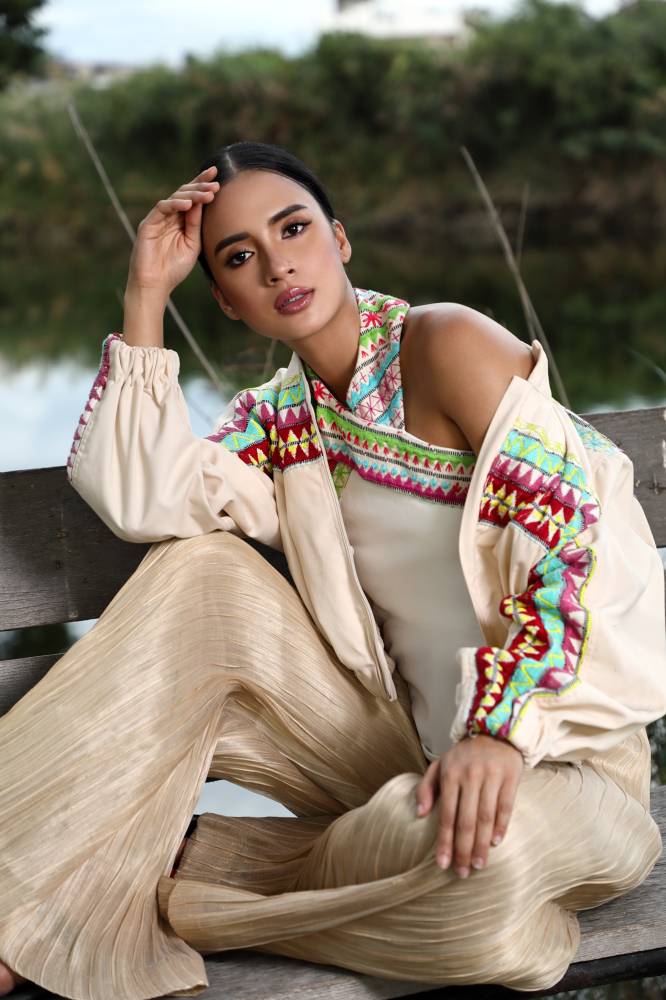
Weaving has become a significant source of income for these women. Traditionally, their time was divided between assisting their husbands with farming and tending to their children and livestock. During the off-season, they would weave ramit or cotton fabrics with intricate bird’s-eye patterns. The opportunity to be paid for their craft has brought immense joy to these women.
The Ditta Sandico label has introduced Mangyan habol, the woven cotton fabric traditionally used for wraps and baby clothes, to a wider audience. Mangyan embroidery is known for such distinctive motifs as the pakudos (cross design with branches) symbolizing protection from evil spirits, and the minatahan (eye of the bird). Sandico creatively incorporates these fabrics into her designs, utilizing them for skirts, versatile wraps, and accent panels on shirts and jackets.
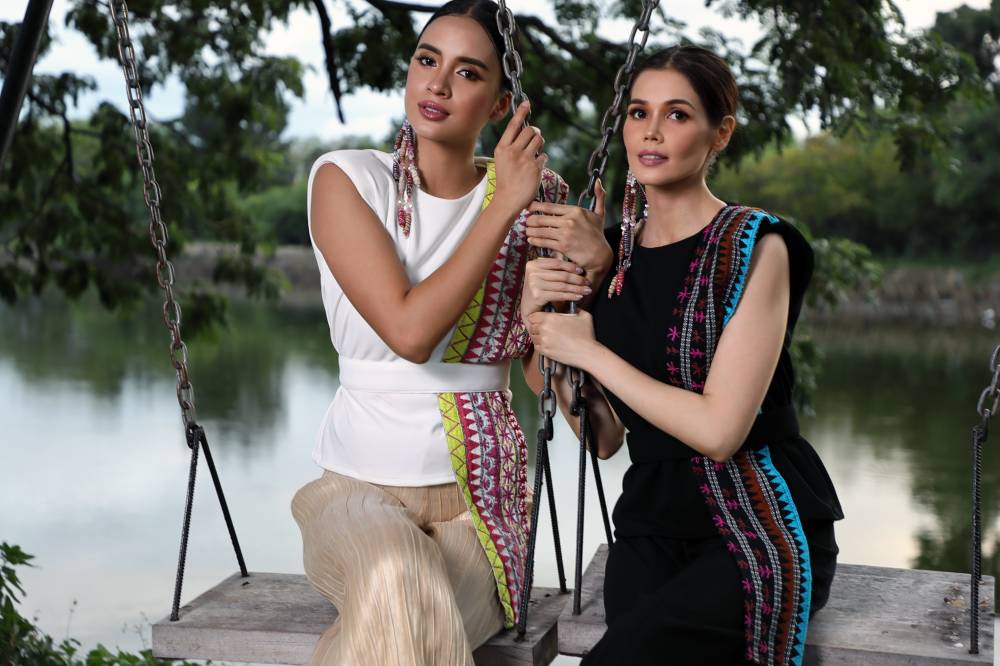
Full circle
“We’ve come full circle,” Sandico explains. “The Mangyans can only produce two yards of fabric with each intricate embroidery pattern, ensuring that each garment is unique.”
After studying fashion merchandising at the Tobé-Coburn School in New York City, she returned to work for the family-owned COD Department Store, where her late mother, Corazon Rosario Sandico, was a top executive. While her father sparked her interest in the arts, it was her mother who exposed her to the rudiments of retail.
In 1985, while juggling her day job at the store, Sandico launched her namesake fashion venture. Facing stiff competition, she carved a niche by transforming inabel, the simple blankets woven in her mother’s province of Ilocos Sur, into elegant everyday wear.
“To differentiate myself and support local artisans, I had to create something extraordinary,” recalls Sandico.
Her debut collection of modern separates showcased the artistry of the inabel weavers of Santiago, Ilocos Sur, led by the esteemed Manang Corazon Agosto, who learned her craft from the Tingguian tribe of Abra.
In 1988, Sandico expanded her horizons, collaborating with weaver Elisa Reyes of Meycauayan, Bulacan. Together, they developed the Irish linen, a luxurious fabric crafted from imported flax fibers. For two decades, she introduced innovative blends such as piñalino (pineapple and linen) and sedalino (natural silk and linen), adding a contemporary twist to the barong and Filipiniana dresses.
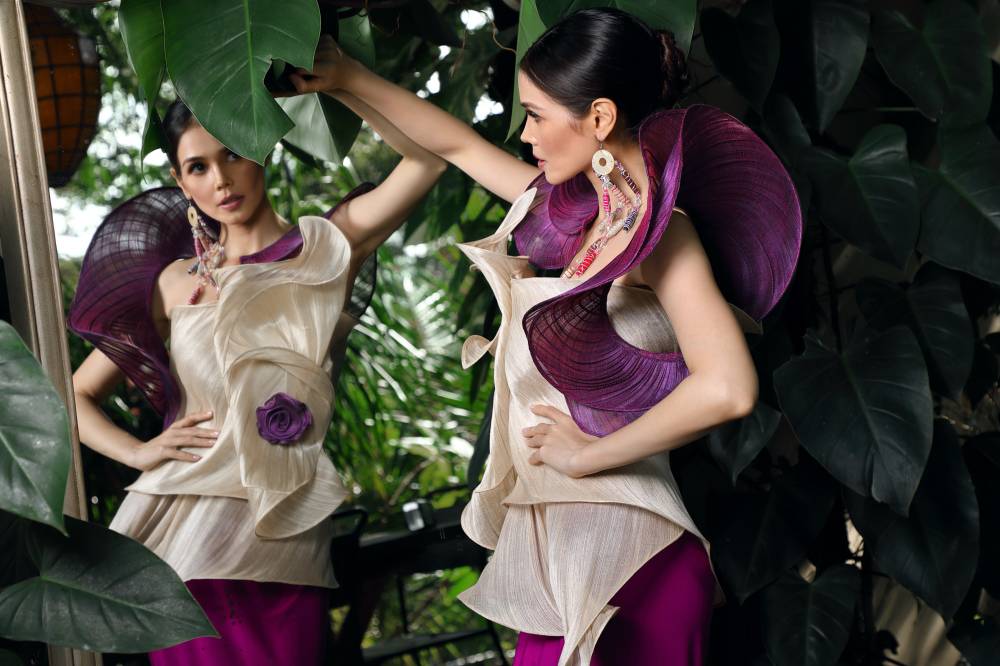
Signature product
In 1995, weaver Virgilio Apanti of Baras, Catanduanes, approached Sandico with rough, undyed samples of abaca weaving. Recognizing the abundance of banana abaca in his home province, Sandico collaborated with the weavers to develop natural dyes, refine fiber processing techniques, and create tightly woven fabrics for durability. The weaving community in Baras has since grown, with the number of weavers expanding to 30. Apanti’s daughter, Rejoice, now runs the local weaving center.
Initially, foreigners struggled to pronounce “abaca.” To address this, Sandico coined the term “banaca,” a portmanteau of “banana” and “abaca,” reflecting the plants’ similarities and their fibers’ use as reinforcement materials. Banaca fabrics were fashioned into versatile wrap tops and scarves, known for their sculptural draping effects.
For women seeking easy-to-wear garments, Sandico developed the signature Mariposa, a long triangular top with armhole slits and belt loops. This innovative design functioned as a bodice, wrapping around the body and secured with a matching belt. The Mariposa’s tautness allowed for versatility: the collar could be folded up to lengthen the neck or bent to cover the chest. Available in color-blocked and metallic versions, the Mariposa’s popularity led to its replication by other brands.
“It’s easy to pack for travel,” she says. After 40 years, the banaca collection has expanded to wedding gowns and cocktail dresses.
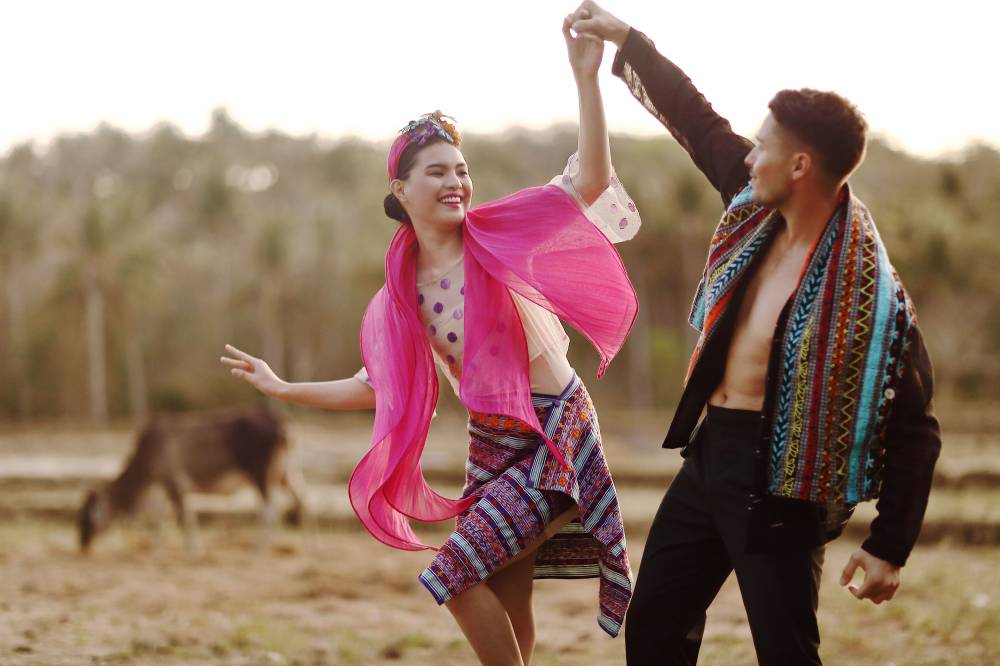
Dressing the PH team
Sandico’s work with the Mangyans has evolved under the guidance of Anya Postma, whose father, Dutch anthropologist Antoon Postma, lived with the Hanunoo, a Mangyan sub-tribe, where he preserved their ancient script and famously translated the Laguna Copperplate Inscription, a crucial historical document from precolonial Philippines. Anya’s mother is Mangyan, further connecting her to the community.
One of Sandico’s most significant achievements is designing the parade uniforms for Team Philippines at the Paris Paralympics 2024. The female athletes donned elegant banaca wraps, while the men wore tracksuits adorned with exquisite Mangyan embroidery details.
“We are now integrating Mangyan weaves with banaca fabrics, and also infusing them as striking accents for the barong Tagalog,” Sandico explains.
To commemorate her 40th year in the fashion industry, Sandico’s collaborations with the weavers will be comprehensively documented in a forthcoming book, to be published by Far Eastern University Press.
At this stage in her career, Sandico emphasizes the time-consuming nature of developing weaves for modern applications and establishing sustainable centers for the weavers. “Continuous improvement is key,” she says.
Since the pandemic, Sandico has been selling her designs online and through her home shop in New Manila. She continues to pursue her passion for painting, a talent she rediscovered after graduating from the University of the Philippines (UP) with a degree in Fine Arts.
Sandico is particularly proud of her assistant, Janinna Santos, a graduate of UP’s Clothing Technology program. “Janinna designs clothes that let the youth rock their own style,” she says.


